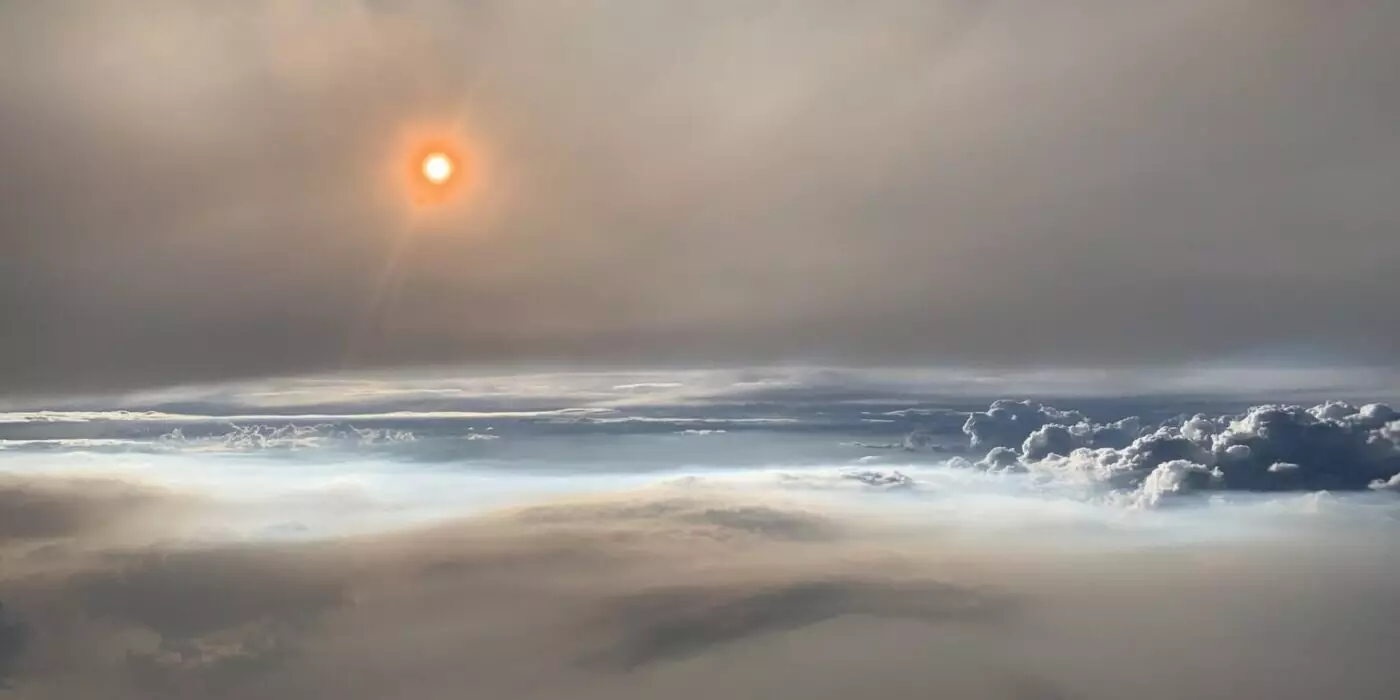As the global climate continues to change at an alarming rate, the incidence and intensity of wildfires have surged, raising urgent environmental and public health concerns. This trend doesn’t just represent a challenge for firefighters and local communities; it highlights the complex interactions between fires and atmospheric science. Wildfires are not just events of destruction; according to researchers, they are significant contributors to the atmospheric warming crisis. One of the most concerning aspects of wildfire emissions is the release of black carbon—often referred to as soot—which is known to trap heat in the atmosphere.
The Complexity of Black Carbon in Wildfires
The combustion processes within wildfires produce black carbon particles that have unique properties compared to soot emitted from smaller fires or urban pollution sources. This is particularly evident in the emergent phenomenon of pyrocumulonimbus (pyroCb) clouds, formed when intense heat from fires generates towering thunderstorm-like formations. These clouds can inject black carbon high into the atmosphere, extending their warming effects, which can last for months. The implications of this phenomenon offer an urgent necessity for further scientific insight.
Recent research led by Rajan Chakrabarty and his team from Washington University in St. Louis explores this very topic, revealing the extent to which pyroCb clouds emit black carbon that severely impacts atmospheric warming. By understanding the unique characteristics of black carbon emitted from these clouds, scientists can better assess the role wildfires play in climate change. Chakrabarty’s work, published in Nature Communications, takes a critical step in addressing a pivotal challenge: quantifying the radiative effects of black carbon in the upper atmosphere.
Groundbreaking Measurements and Findings
During their field campaign (FIREX-AQ) in Washington state, researchers gained unprecedented insights by taking airborne measurements within a pyroCb thunderstorm. This meticulous study made it possible to evaluate the absorption characteristics of black carbon particles on an individual basis. They uncovered that black carbon produced in pyroCb environments absorbs visible sunlight at double the rate compared to traditional urban emissions or smoke from smaller fires. This finding is a game-changer for climate modeling, as it reveals a dimension of warming effects of wildfires that had remained largely unquantified.
The researchers employed a combination of mass measurement and advanced optical modeling to understand how these black carbon particles interact with sunlight. Such rigorous methodologies demonstrate the necessity of diving deep into the complex physical and chemical properties of particulate matter. Each particle acts almost like a miniature solar panel, exacerbating the warmth in already vulnerable atmospheric layers.
Unraveling the Global Impact
The far-reaching consequences of black carbon emissions from pyroCbs are not confined to localized regions. Chakrabarty’s findings indicate that black carbon injected into the lower stratosphere can migrate globally, altering climate dynamics across vast distances—impacting both the Northern and Southern Hemispheres. With estimates that pyroCbs contribute to 10% to 25% of the black carbon present in today’s lower stratosphere, scientists have a pressing need to monitor these phenomena continuously.
As black carbon aerosol particles linger for extended periods, they influence climate patterns, prompting changes in weather and temperature distributions. This dynamic interplay can have serious implications for weather systems, precipitation patterns, and even the human health landscape.
A Call for Action in Climate Science
With the significant insights gained from this recent research, it is clear that the scientific community must prioritize direct measurement of black carbon’s light absorption in pyroCbs in future studies. This focus will lead to more accurate climate predictions and a deeper understanding of stratospheric warming, reshaping the dialogue surrounding climate change mitigation strategies.
As we grapple with an ever-warming climate, it becomes increasingly crucial to recognize the broader implications of wildfires on our atmosphere. With more targeted research, we can arm ourselves with the knowledge needed to tackle this growing crisis head-on, turning data into action against one of the most pressing challenges of our time.

